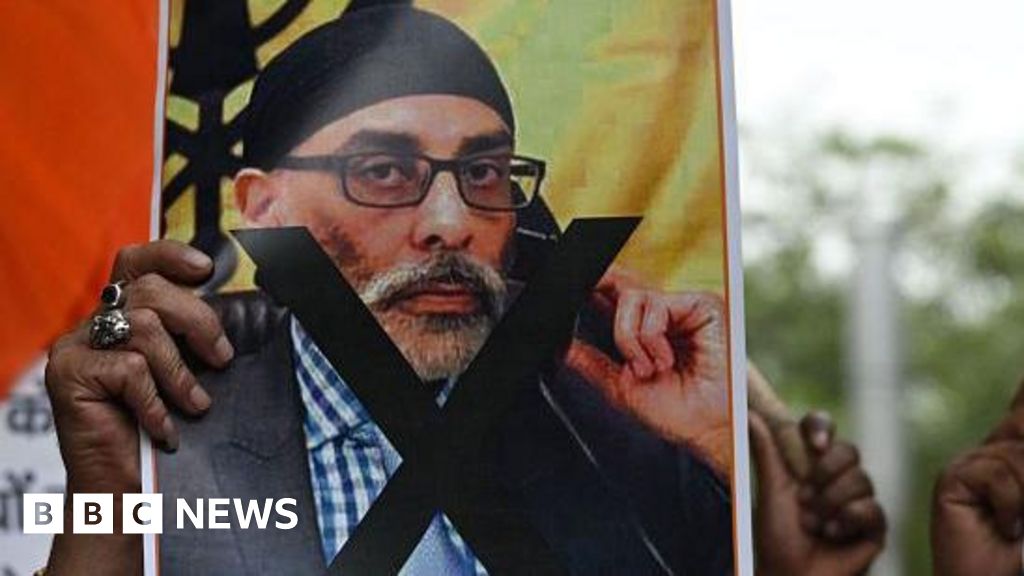Senior managers from NASA and Boeing told reporters on Friday that they plan to launch the first crew test flight of the Starliner spacecraft as soon as June 1, following several weeks of detailed analysis of a helium leak and a “design vulnerability” with the ship’s propulsion system.
Extensive data reviews over the last two-and-a-half weeks settled on a likely cause of the leak, which officials described as small and stable. During these reviews, engineers also built confidence that even if the leak worsened, it would not add any unacceptable risk for the Starliner test flight to the International Space Station, officials said.
But engineers also found that an unlikely mix of technical failures in Starliner’s propulsion system—representing 0.77 percent of all possible failure modes, according to Boeing’s program manager—could prevent the spacecraft from conducting a deorbit burn at the end of the mission.
“As we studied the helium leak, we also looked across the rest of the propulsion system, just to make sure we didn’t have any other things that we should be concerned about,” said Steve Stich, manager of NASA’s commercial crew program, which awarded a $4.2 billion contract to Boeing in 2014 for development of the Starliner spacecraft.
“We found a design vulnerability… in the prop [propulsion] system as we analyzed this particular helium leak, where for certain failure cases that are very remote, we didn’t have the capability to execute the deorbit burn with redundancy,” Stich said in a press conference Friday.
These two problems, uncovered one after the other, have kept the Starliner test flight grounded to allow time for engineers to find workarounds. This is the first time astronauts will fly into orbit on a Starliner spacecraft, following two unpiloted demonstration missions in 2019 and 2022.
The Starliner program is running years behind schedule, primarily due to problems with the spacecraft’s software, parachutes, and propulsion system, supplied by Aerojet Rocketdyne. Software woes cut short Starliner’s first test flight in 2019 before it could dock at the International Space Station, and they forced Boeing to fly an unplanned second test flight to gain confidence that the spacecraft is safe enough for astronauts. NASA and Boeing delayed the second unpiloted test flight nearly a year to overcome an issue with corroded valves in the ship’s propulsion system.
Last year, just a couple of months before it was supposed to launch on the crew test flight, officials discovered a design problem with Starliner’s parachutes and found that Boeing installed flammable tape inside the capsule’s cockpit. Boeing’s star-crossed Starliner finally appeared ready to fly on the long-delayed crew test flight from Cape Canaveral Space Force Station, Florida.
NASA commander Butch Wilmore and pilot Suni Williams were strapped into their seats inside Starliner on May 6 when officials halted the countdown due to a faulty valve on the spacecraft’s United Launch Alliance Atlas V rocket. ULA rolled the rocket back to its hangar to replace the valve, with an eye toward another launch attempt in mid-May.
But ground teams detected the helium leak in Starliner’s service module in the aftermath of the scrubbed countdown. After some initial troubleshooting, the leak rate grew to approximately 70 psi per minute. Since then, the leak rate has stabilized.
“That gave us pause as the leak rate grew, and we wanted to understand what was causing that leak,” Stich said.

Dr. Sarah Adams is a scientist and science communicator who makes complex topics accessible to all. Her articles explore breakthroughs in various scientific disciplines, from space exploration to cutting-edge research.







